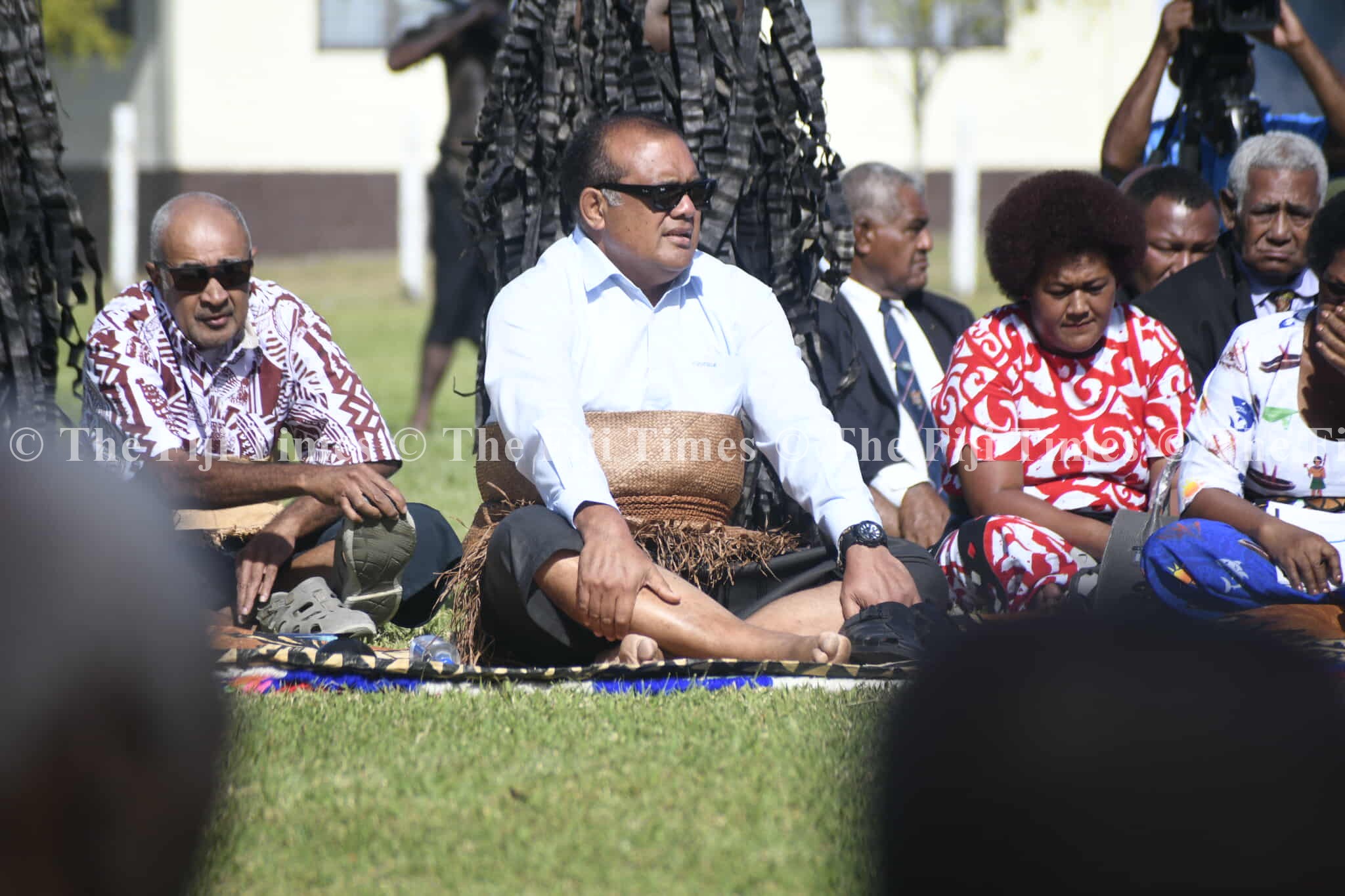The attempt to extinguish a flame often only fans it into a fiercer blaze. This fundamental truth lies at the heart of the profound cultural and political reawakening sweeping through Fiji’s iTaukei communities, spectacularly evident in the historic installation this week in Nayau and Lakeba.
The previous regime’s concerted efforts to marginalise, water down, and ultimately eradicate the pillars of iTaukei identity – language, customary practices, and the revered institution of the Bose Levu Vakaturaga (BLV) – did not achieve its intended aim.
Instead, they triggered a powerful resurgence of iTaukei aspiration, a defiant reclamation of heritage that now presents both a profound opportunity and an urgent challenge for the restored BLV.
To say the policy backfired is indeed a monumental understatement.
Rather than fading into irrelevance, iTaukei culture and traditions, intrinsically linked to the concept of the vanua, have emerged stronger, more consciously valued, and politically potent.
The suppression became the catalyst, forcing a collective introspection and a renewed determination to preserve and assert identity.
The outpouring of pride, the meticulous observance of vakarau vakaturaga, vakavanua and, the sheer scale of participation witnessed in Lau this week are not isolated celebrations.
They are the visible crest of a deep, nationwide wave of cultural reaffirmation that has been building since the BLV’s abolition.
The installation of Roko Uluilakeba Mara as Tui Nayau, Tui Lau, Sau ni Vanua o Lau, is far more than a chiefly succession; it is a potent symbol of this renaissance.
It represents the tangible return of a system deeply interwoven with iTaukei social structure, spirituality, and governance.
Fiji and the region have witnessed not just a ceremony, but a powerful statement: the vanua endures.
While the BLV has rightly acknowledged the current government’s role in facilitating this return by reinstating the BLV, the critical message now is one of operational autonomy.
The path forward must be charted independently by the BLV itself, guided by the wisdom of the chiefs and the urgent needs of the people it represents.
This is where the true test of the BLV’s restored mandate lies. Harnessing this powerful reawakening cannot stop at ceremonial installation revival.
The energy, the unity, and the profound sense of purpose radiating from Lau, must be channelled by the BLV, towards tackling the devastating crises eroding the fabric of iTaukei society.
The BLV’s role transcends symbolism; it demands courageous, practical leadership:
1. Confronting social ills: The BLV must be at the forefront of combating the epidemics of Non-Communicable Diseases (NCDs), rampant drug abuse, domestic violence, and the horrific scourge of rape, particularly targeting the young and vulnerable.
Its moral authority and grassroots reach are unparalleled resources for driving awareness, supporting prevention programs, demanding accountability, and fostering community based solutions rooted in iTaukei values of respect and care (veilomani).
2. Championing vernacular and education: The assault on the iTaukei language was a direct attack on cultural transmission. The BLV must aggressively advocate for the revitalisation and formal integration of the vernacular within the education system and public life.
Language is the vessel of culture, wisdom, and identity; its preservation is fundamental to the health of the vanua.
3. Addressing public health threats: Issues like HIV demand culturally sensitive, destigmatised approaches. The BLV, working with health authorities, can play a pivotal role in disseminating information and fostering community acceptance and support.
4. Bridging the racial divide: Perhaps one of the most critical tasks is leveraging this unifying cultural momentum to heal Fiji’s racial fractures. The BLV has a unique responsibility and capacity to promote genuine understanding, respect, and partnership between all communities.
The strength of the vanua, should be a foundation for national unity, not a point of division. This means actively engaging in dialogue, condemning prejudice, and modelling inclusivity.
The fervour witnessed in Lau is a reservoir of immense potential. It is a testament to the resilience of the iTaukei spirit. However, unchecked enthusiasm without strategic direction can dissipate or even fracture.
The BLV stands as the essential navigator. It must move beyond gratitude for its reinstatement and assert its independent voice. It must translate the powerful symbolism of the Nayau and Lakeba installations into concrete, sustained action on the ground.
This requires building robust, transparent structures within the BLV, engaging deeply with all the vanua/yasana, including those in urban areas and settlements, to understand their specific challenges, and forging partnerships with Government, civil society, and other stakeholders — but always maintaining its distinct, independent role as the paramount custodian of iTaukei interests and welfare.
It must hold the Government accountable while also holding its own people and chiefs and leaders accountable to the highest ideals of the vanua.
The failed suppression of the past has gifted Fiji a powerful moment. The iTaukei spirit, far from being eradicated, has roared back to life with undeniable force.
The installations in Lau are not an endpoint; they are a clarion call. The Bose Levu Vakaturaga has been handed a profound mandate: to seize this reawakening, channel its energy with wisdom and courage, and lead the iTaukei — and by extension, all Fiji — towards a future where cultural strength is the bedrock for tackling social ills, fostering unity, and building genuine, inclusive prosperity.
The vanua has spoken. Now, the BLV must lead. Independently.
n RO NAULU MATAITINI is a member of the Bose Levu Vakaturaga. The views expressed in this are his and do not necessarily reflect the views of this newspaper.



